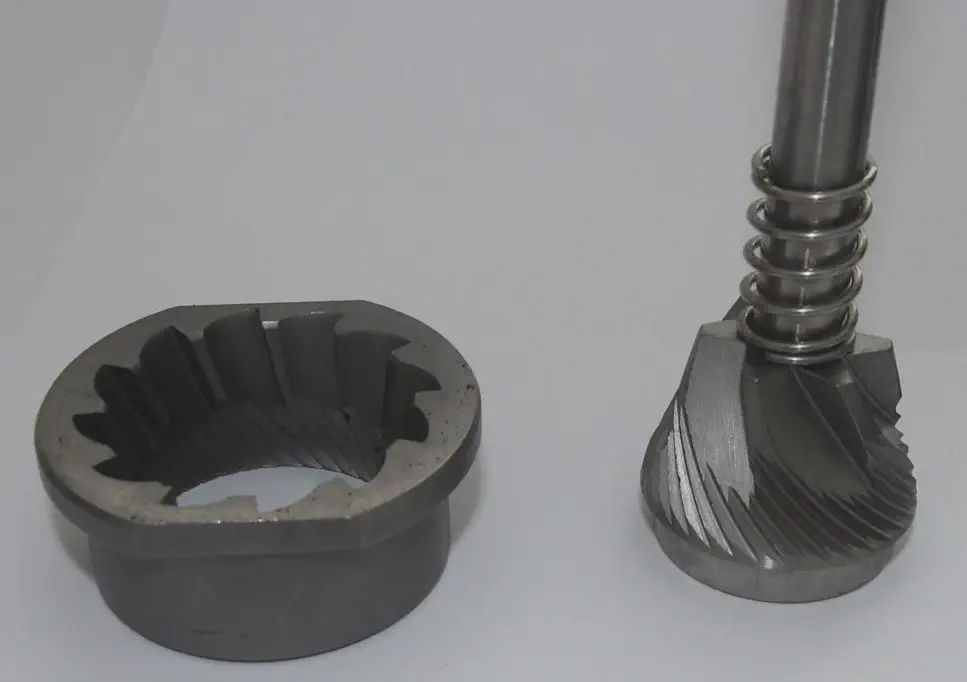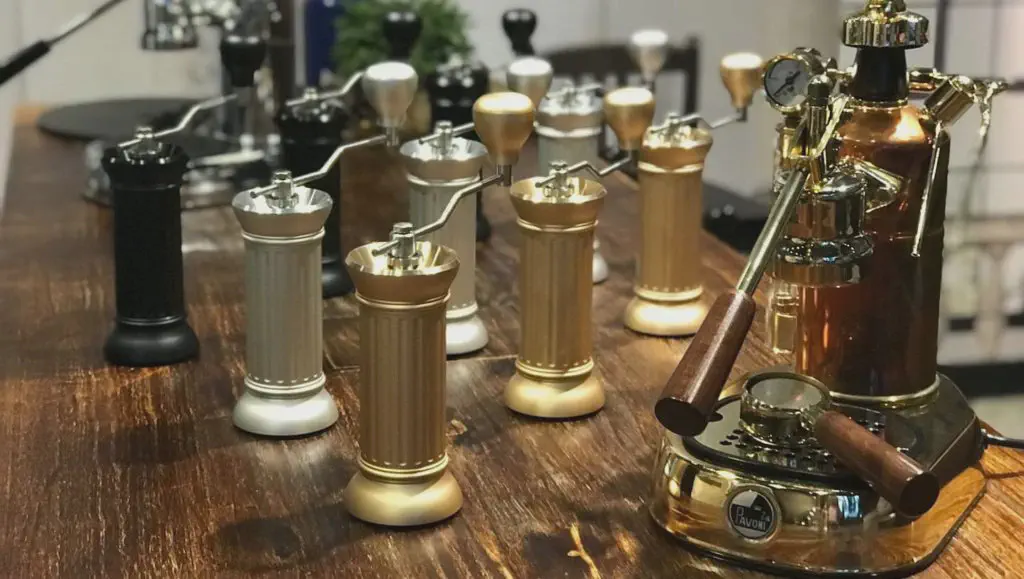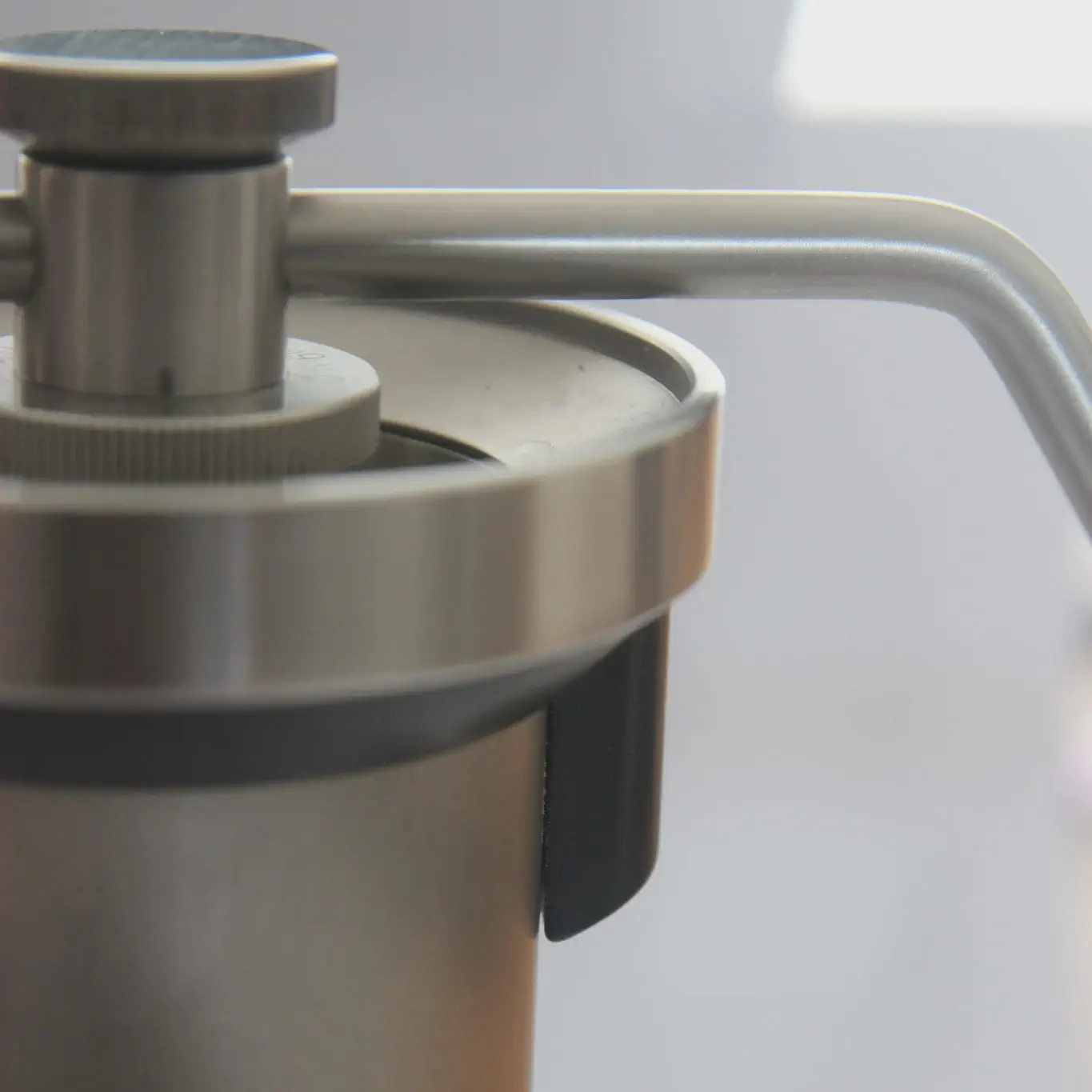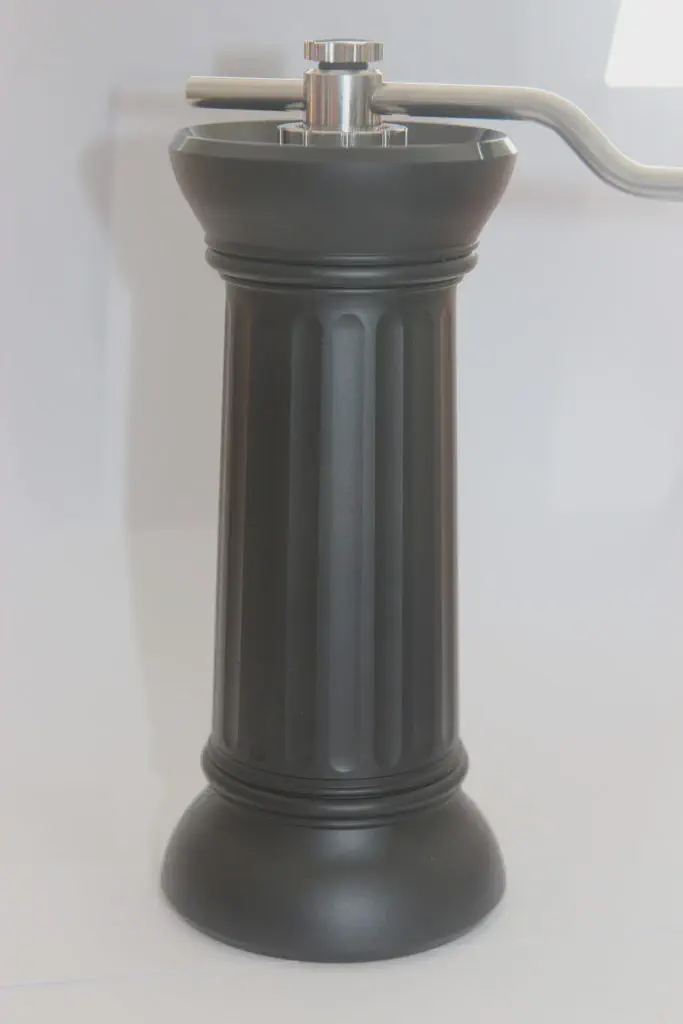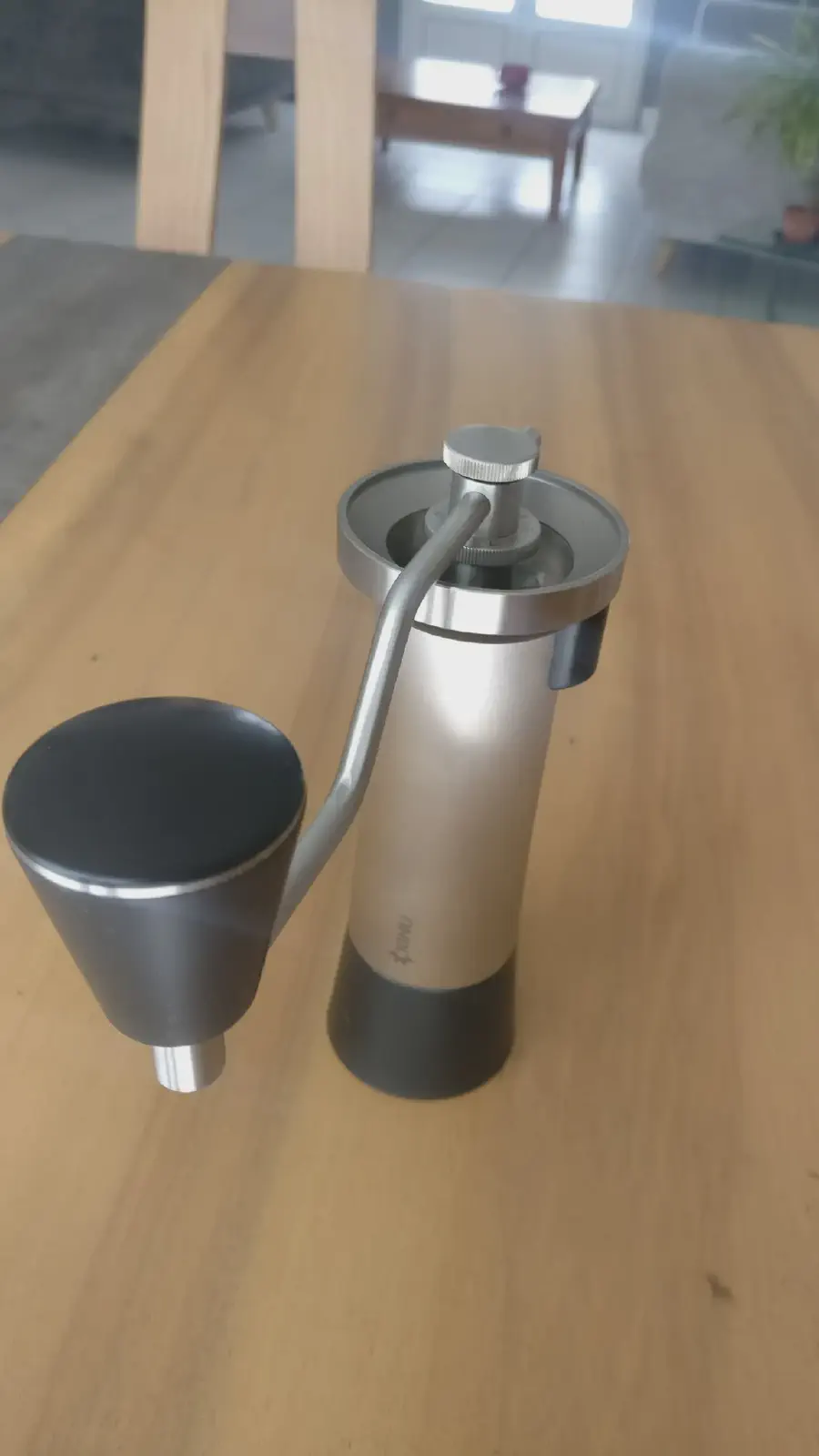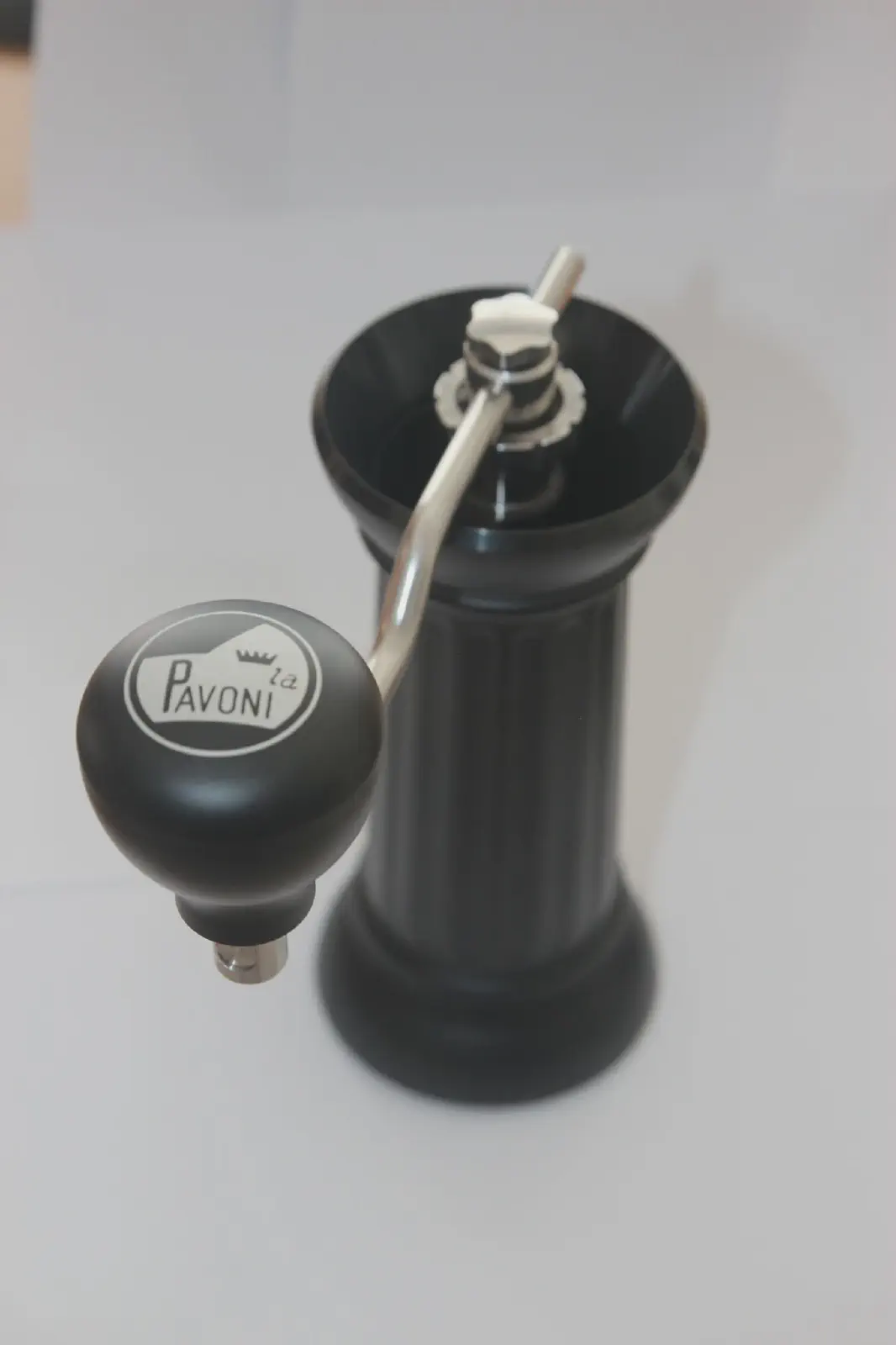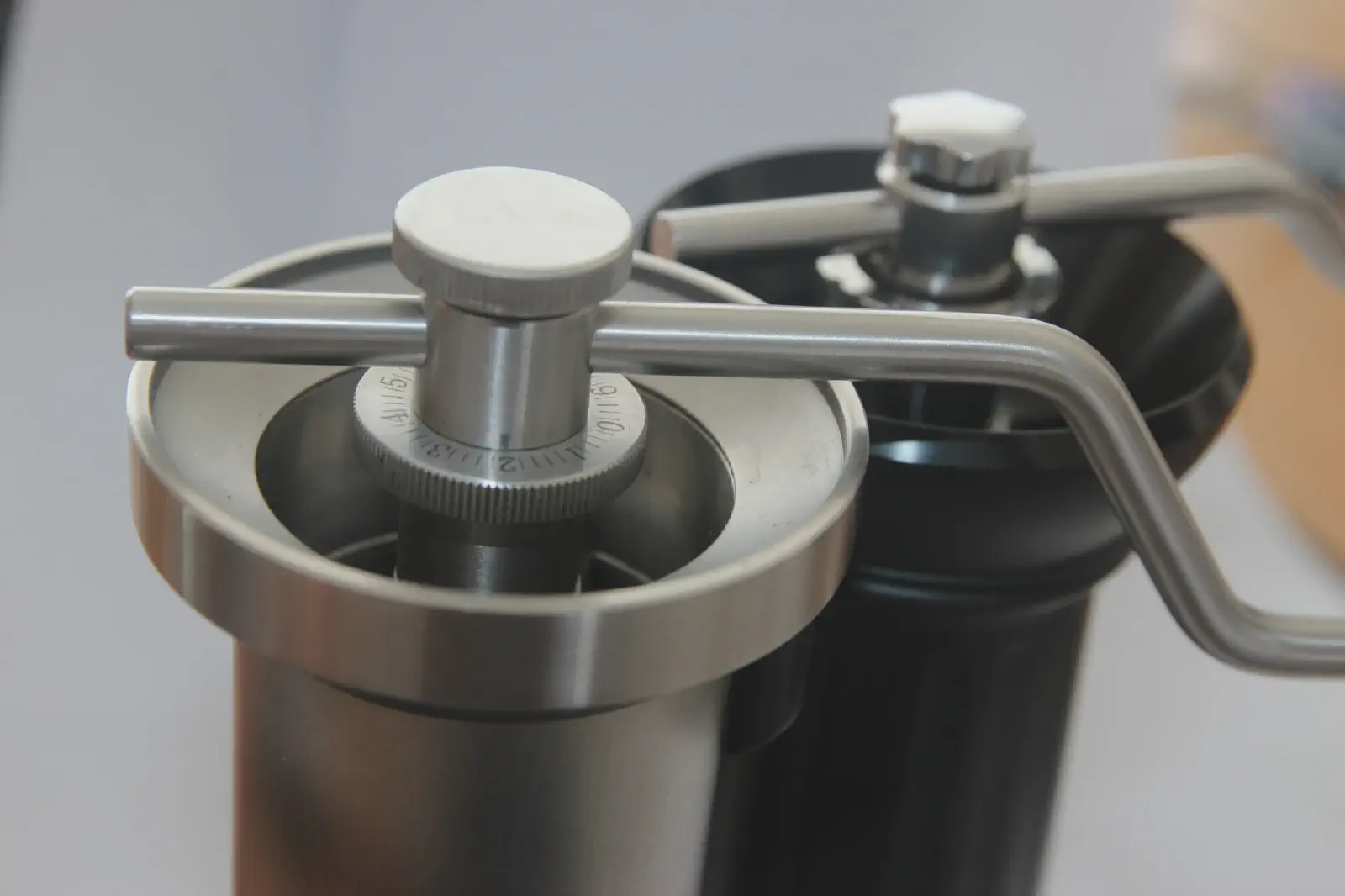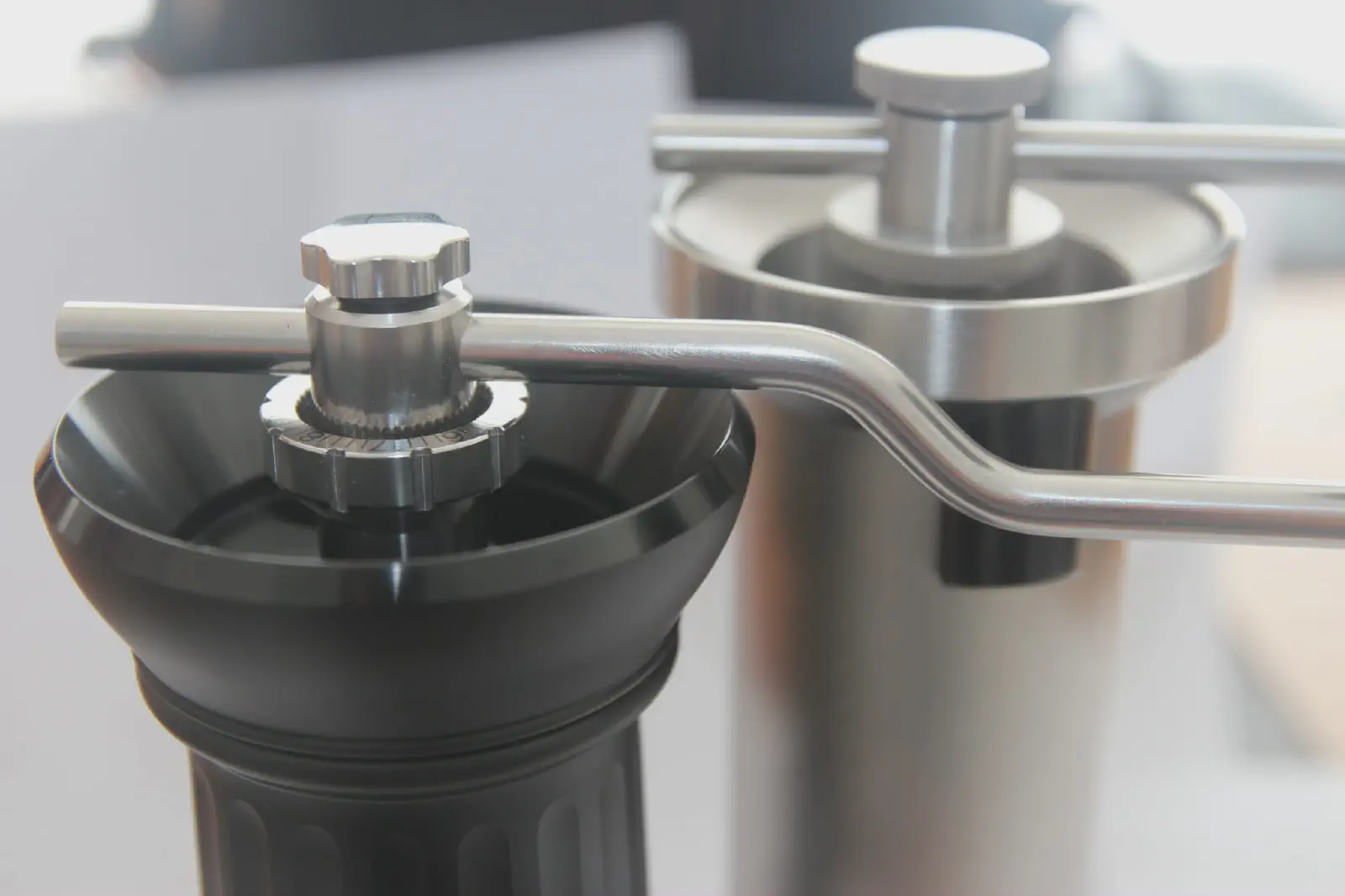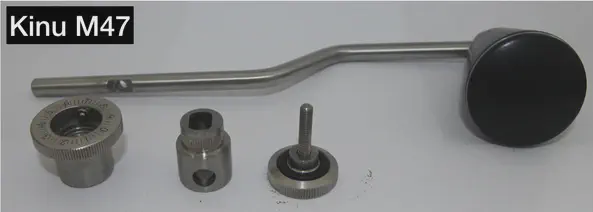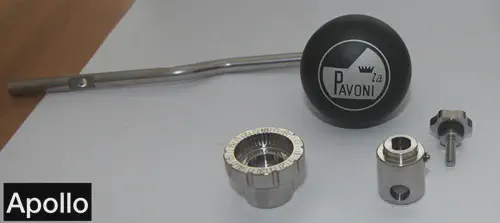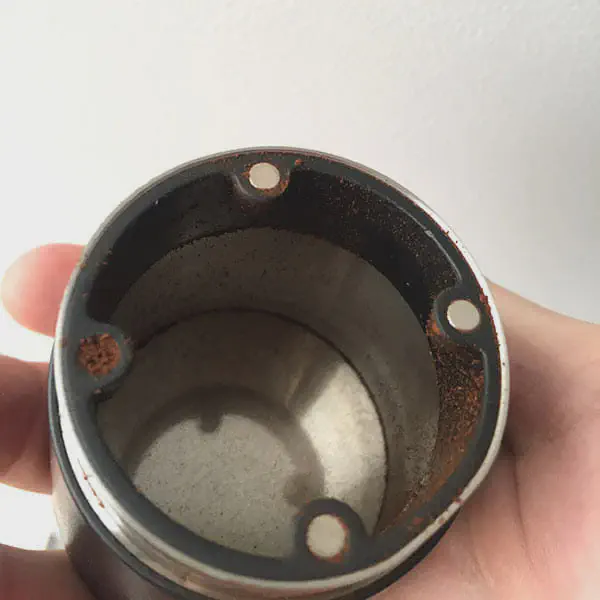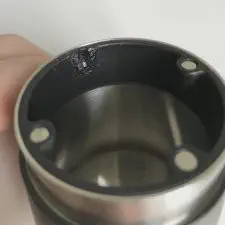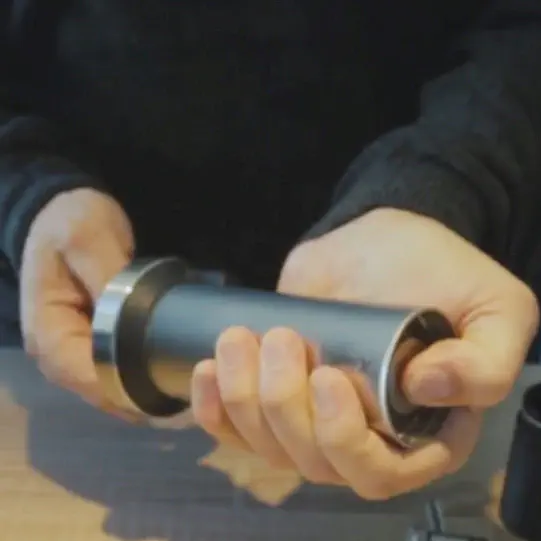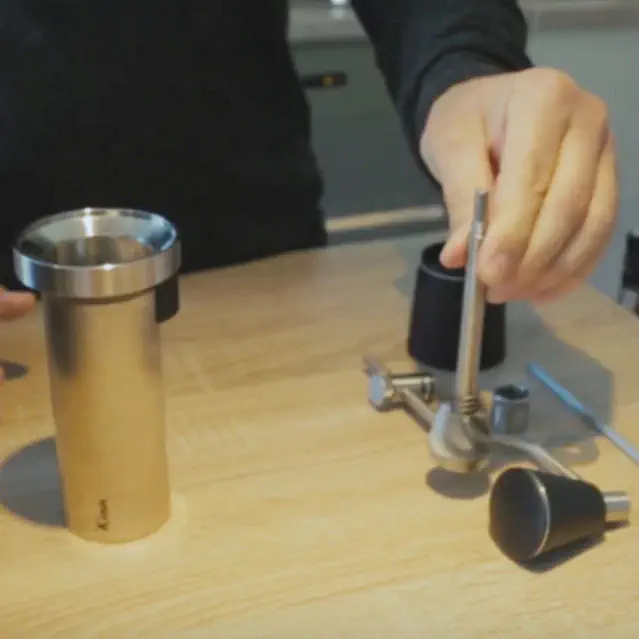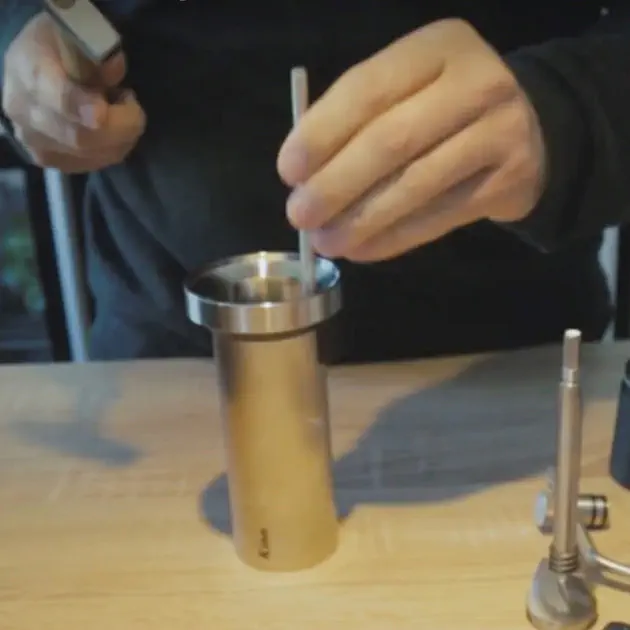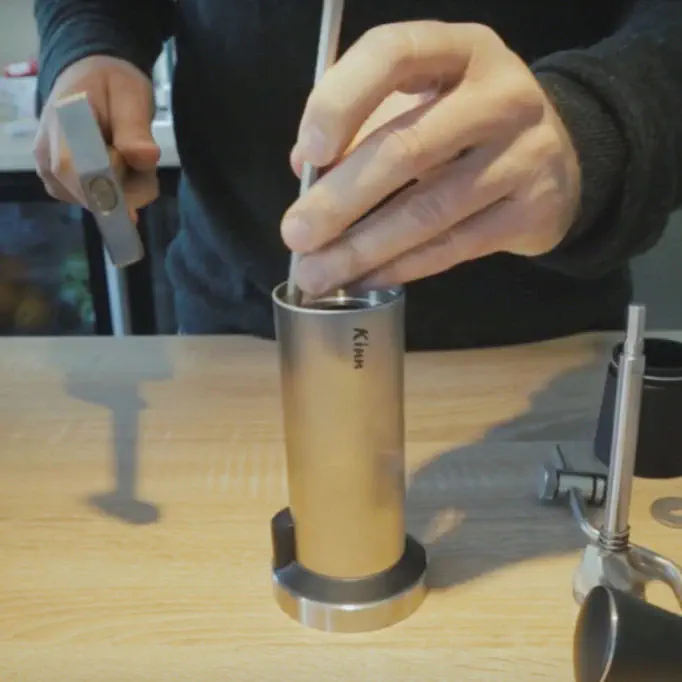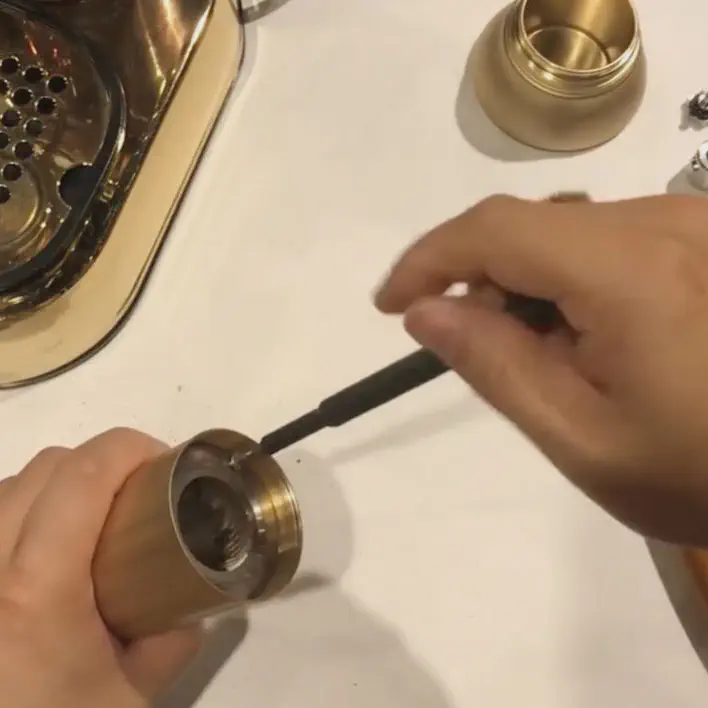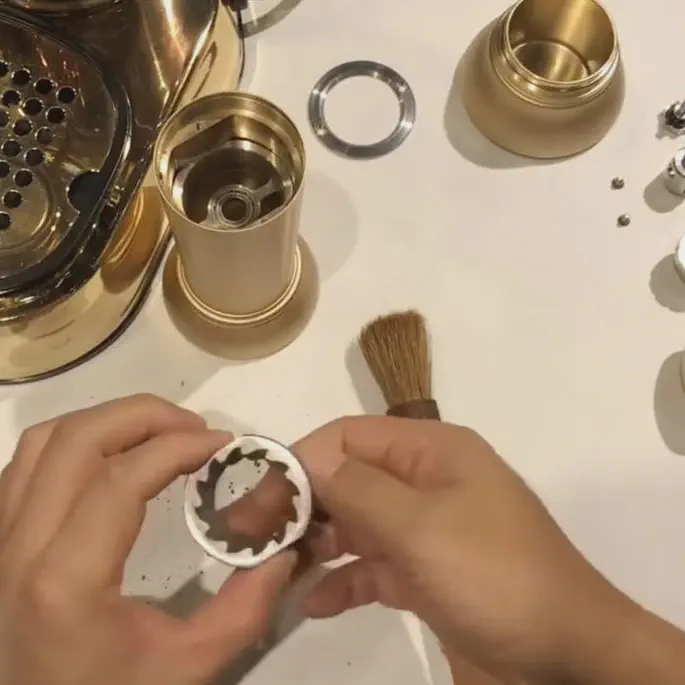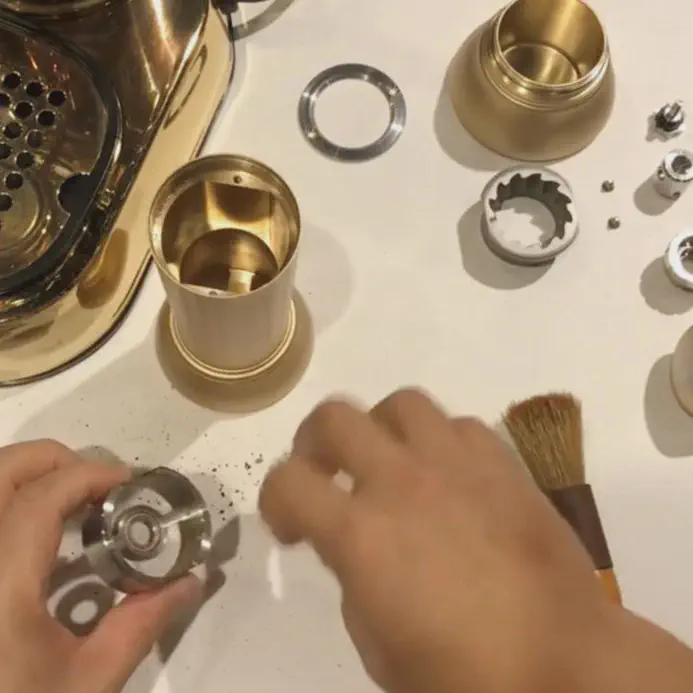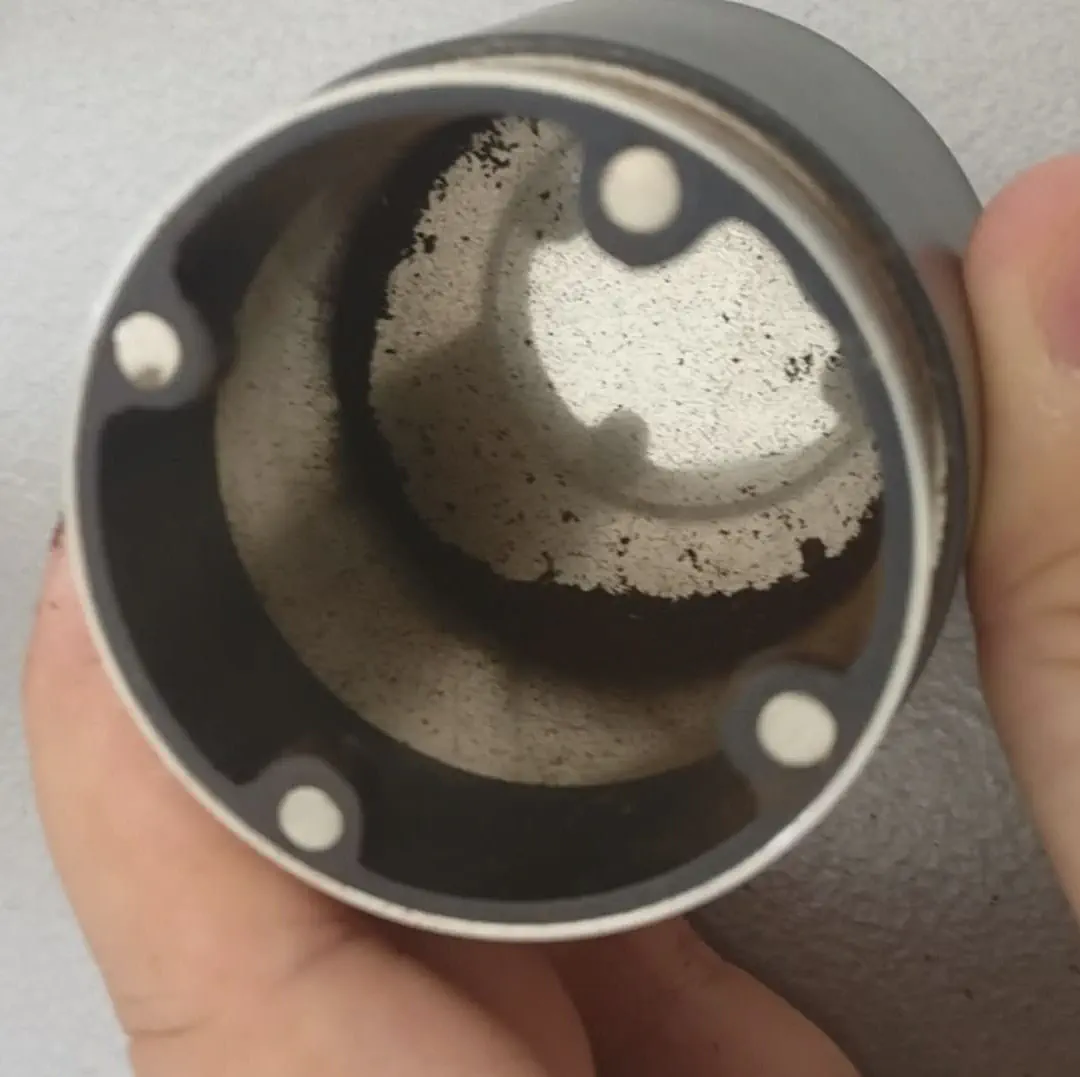Apollo vs Kinu M47: Complete Test and Comparison of the Apollo Grinder

The Apollo coffee grinder is a high-end model appreciated by espresso enthusiasts.
It combines elegant design and performance thanks to its Italmill conical burr.
After trading my Kinu M47 for this model, I noticed real improvements, particularly in terms of handling, adjustment, and maintenance.
Available in three colors and offered at a competitive price, it clearly deserves the attention of enthusiasts.
Why I replaced my Kinu M47 with an Apollo
As any coffee lover knows, a good grind is the key to a successful espresso.
After a Porlex, then a Kinu M47 (full review here), I chose the Apollo coffee grinder (manufactured by BPlus, under La Pavoni license).
Why this choice?
Because the Apollo corrects several flaws that, over time, had disappointed me with the Kinu M47.
See the complete list of high-end manual coffee grinders
Technical specifications of the Apollo grinder
- Body: CNC Aluminum
- Internal parts: Stainless steel, non-slip base
- Conical burr: 48 mm Italmill, Nanotech coating
- Weight: 1030 g
- Capacity: up to 25 g of coffee
- Colors: gold, silver, black
On average, 13 g of coffee grinds in 15 to 20 seconds (40 turns of the crank) for an espresso grind.
Attractive price: 222 €, delivered in one week without customs fees.
Design and ergonomics
Design is as important as performance on a high-end grinder: the object must be pleasant to use and pleasing to look at.
A retro and modern style
Inspired by the columns of the Basilica Santissima Annunziata del Vastato in Italy, the Apollo’s design pays tribute to the brand’s Italian origins.
Its honeycomb shape is not just an aesthetic choice: it significantly improves grip during use.
Optimized handling
Most manual grinders have a smooth cylindrical body, forcing you to grip very tightly to prevent them from slipping.
The Kinu M47 attempted to improve this with a simple thumb rest, but this system remains limited: it puts too much strain on the hand during long use.
The Apollo, with its grooved and slightly wider body, offers natural grip.
There’s no need to grip tightly, which makes the experience more comfortable.
More comfortable handle
When I use a manual grinder, I place my palm on top of the handle.
The Kinu M47’s handle, narrower and less rounded, is less comfortable over time.
The Apollo’s handle is larger and rounded, which fits the hand better and reduces fatigue.
Other design aspects
Manual coffee grinders can be classified into two categories:
Those requiring multiple steps:
- Open a lid
- Pour the coffee
- Replace the lid
- Find the crank (sometimes misplaced…)
- Attach the crank
- Grind the coffee
Those where you simply pour and grind:
- Pour the coffee
- Grind immediately
To my knowledge, only the Kinu M47 and the Apollo belong to this second category.
The Apollo stands out with a more angled funnel and a slightly wider opening, which allows you to pour the coffee all at once without it bouncing off the edges or losing beans.
Grind fineness adjustment
The Kinu M47 and Apollo adjustment is done click by click for extreme precision.
But there is a notable difference:
- On the Apollo, the adjustment dial can be turned without loosening the crank screw.
- On the Kinu M47, you must loosen this screw before adjusting.
Result: the Apollo maintains its setting even without excessive tightening, while the Kinu can lose one or two clicks during use.
Container attachment system
- Apollo: container that screws on
- Kinu M47: container fixed by 4 magnets
Both systems are effective, but the screw system suggests greater durability over time, while the magnetic system is quicker to handle.
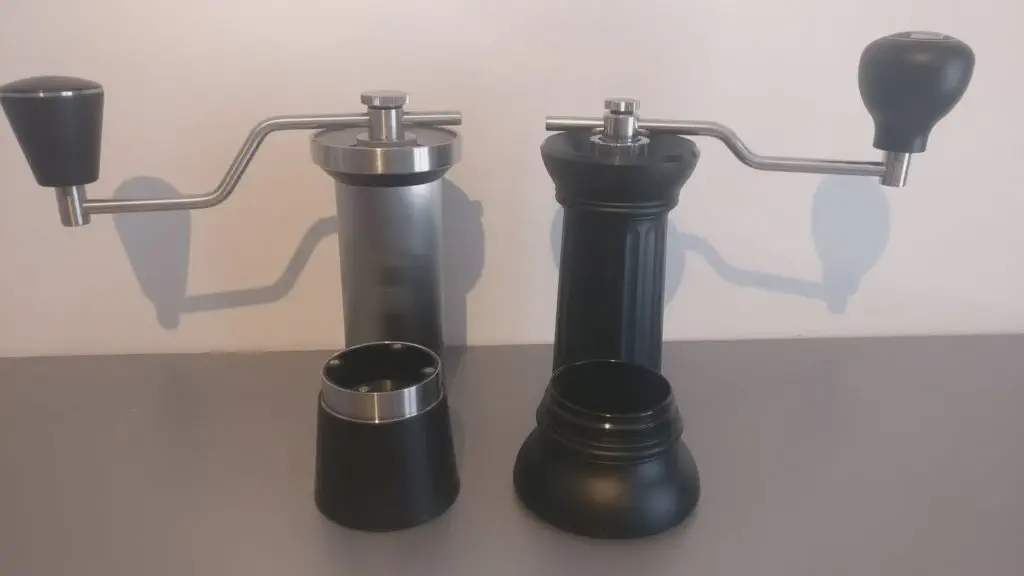
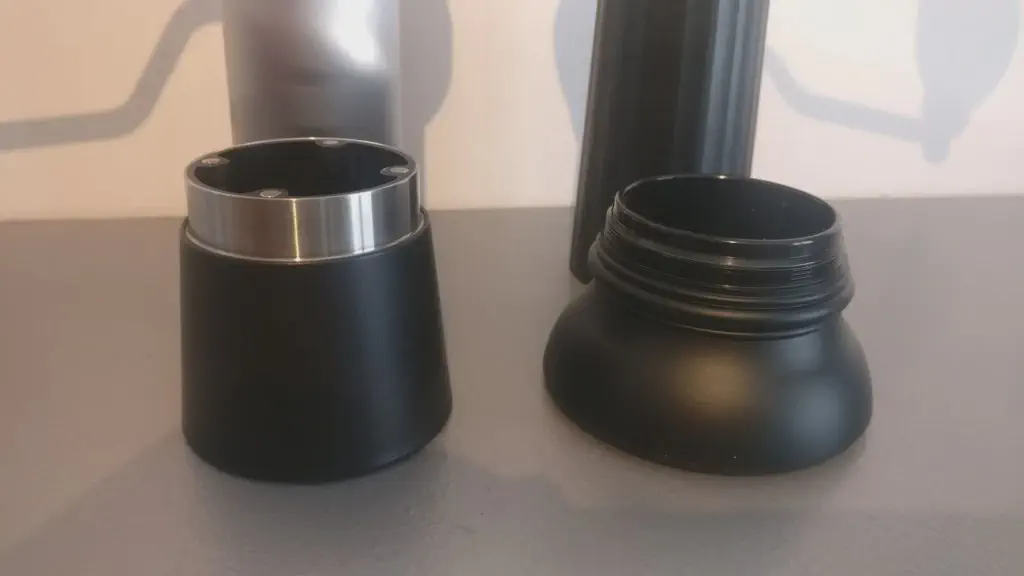
Disassembly and maintenance
The Apollo has a major advantage over the Kinu M47: it can be completely disassembled and reassembled without losing the setting.
This makes complete cleaning much simpler.
On the Kinu M47, although complete disassembly is possible, it is strongly discouraged.
Disassembly of the Kinu M47
On the Kinu, disassembly sometimes requires a hammer, which risks damaging the grinder.
In addition, the initial setting is lost, requiring new trials to find the right grind fineness again.
Disassembly of the Apollo
After reassembly, the setting is retained.
Cleaning is therefore simple, quick and without loss of precision.
Kinu cleaning limitations
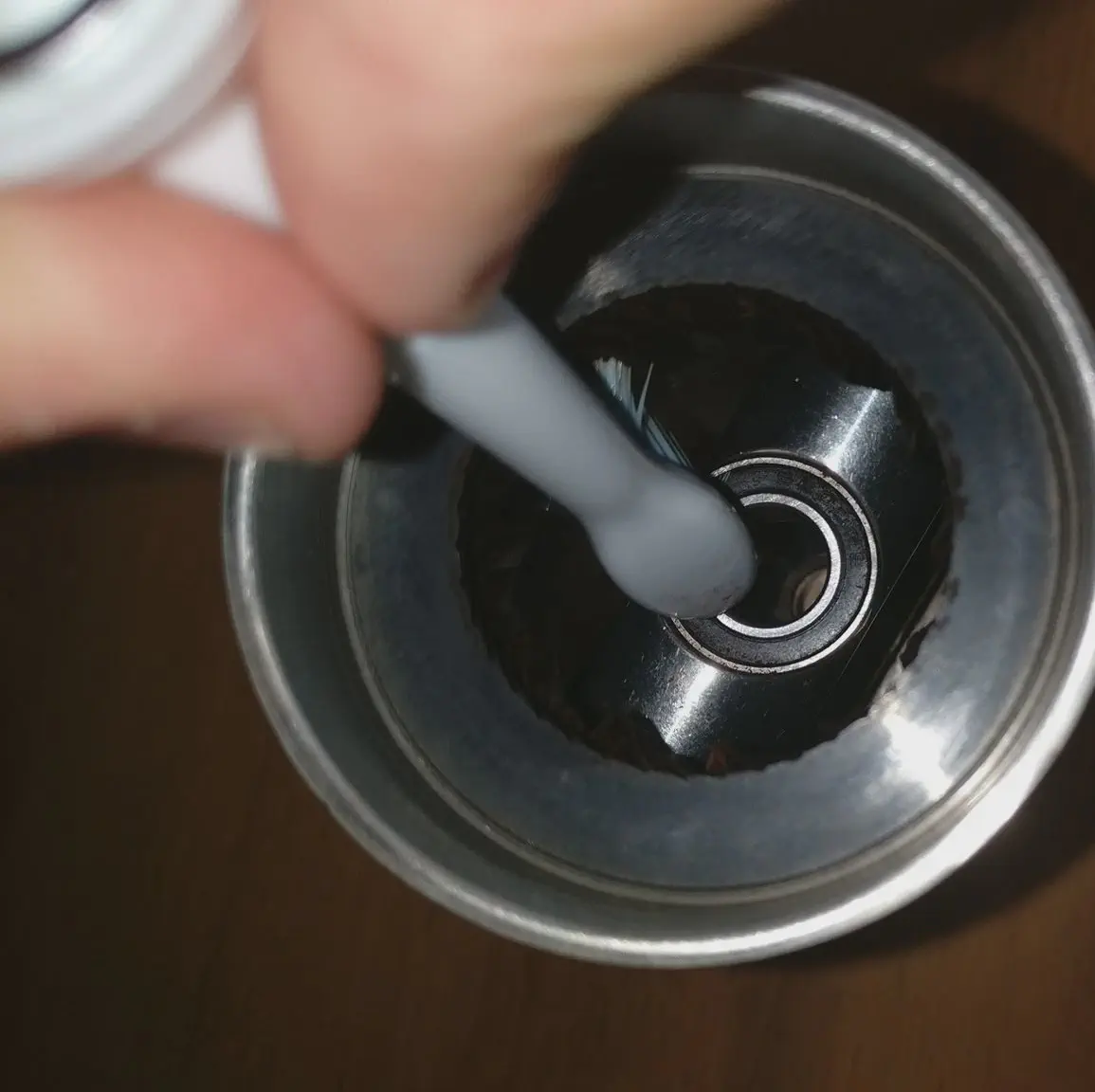
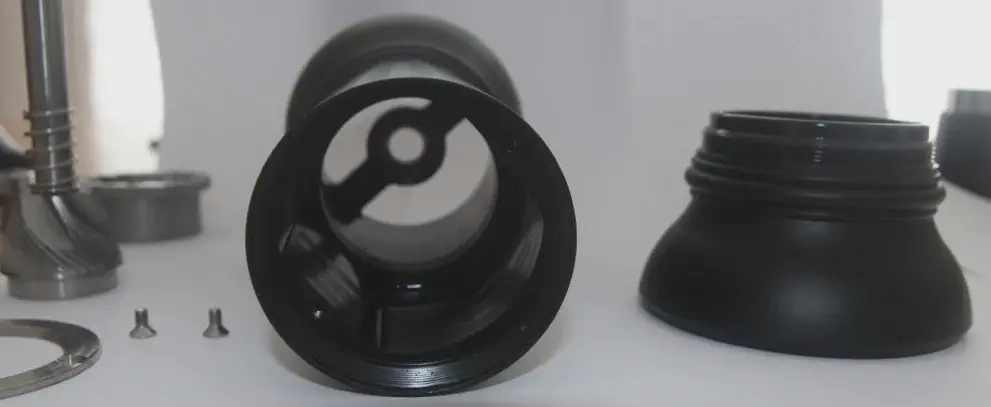
Grinding time
A common question for a manual grinder:
“How long does it take to grind my coffee?”
For 13 g of coffee with the Apollo:
- About 40 turns of the handle
- 15 to 20 seconds (18 s on average for an espresso grind)
In this video, the operator takes about 25 seconds for 15 g.
My method (without placing the grinder on the table) is a bit faster.
Coffee retention
Retention is very low on manual grinders, especially compared to electric grinders.
To avoid static electricity, I put 1 or 2 drops of water on the beans before grinding.
On the Kinu M47, the coffee tends to stick to the container, requiring tapping to dislodge it.
With the Apollo, this phenomenon is less present.
Grind Quality
In terms of grind quality, Apollo and Kinu M47 are equivalent:
- Both offer a perfect grind for espresso
- Compatible with a bottomless portafilter
Conclusion
The Apollo coffee grinder is:
- Aesthetic
- Ergonomic
- Easy to disassemble and clean
- Fast for a manual grinder
- Cheaper than the Kinu M47 (≈ €100 difference)
It corrects the flaws of the Kinu M47, while maintaining the same grind quality.
If you’re looking for a high-end manual grinder, the Apollo is an excellent option.
